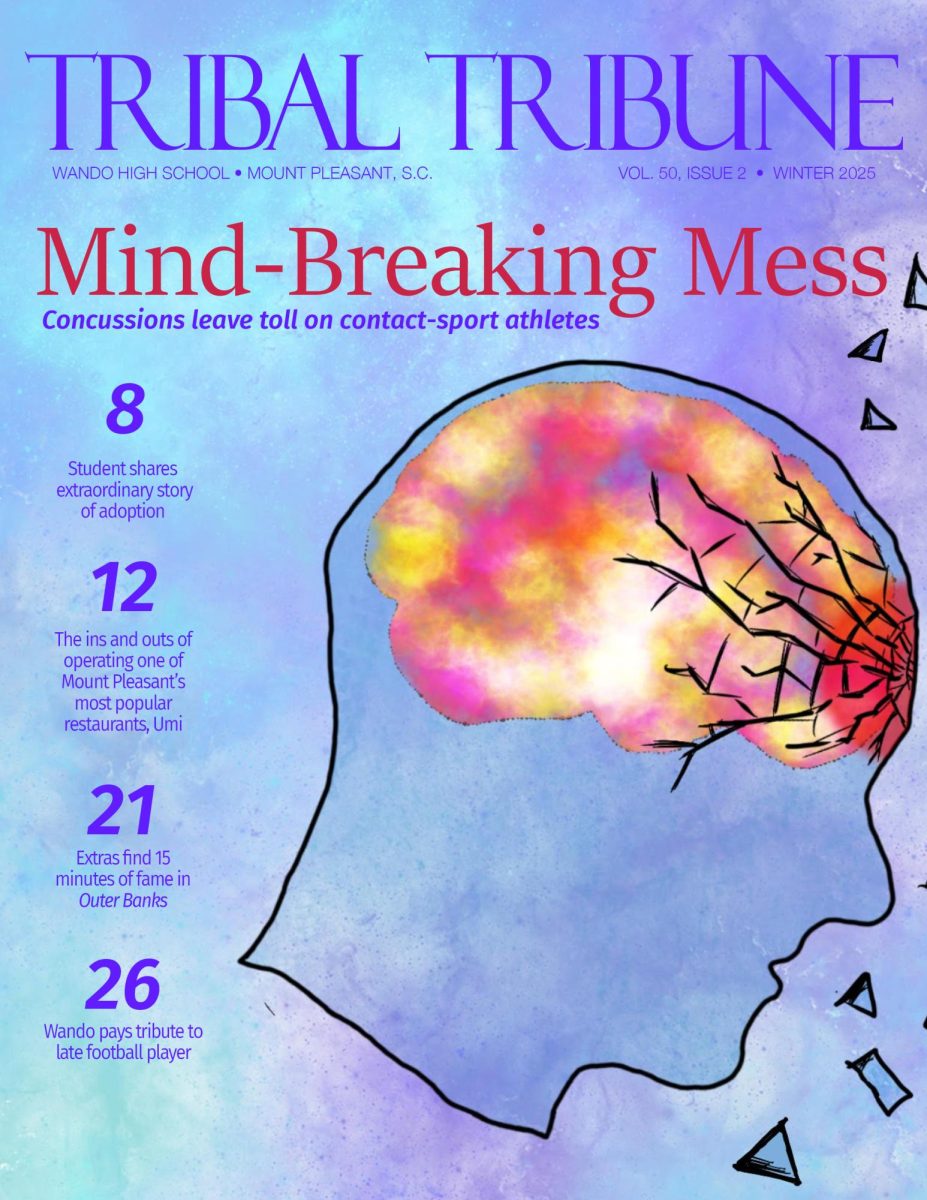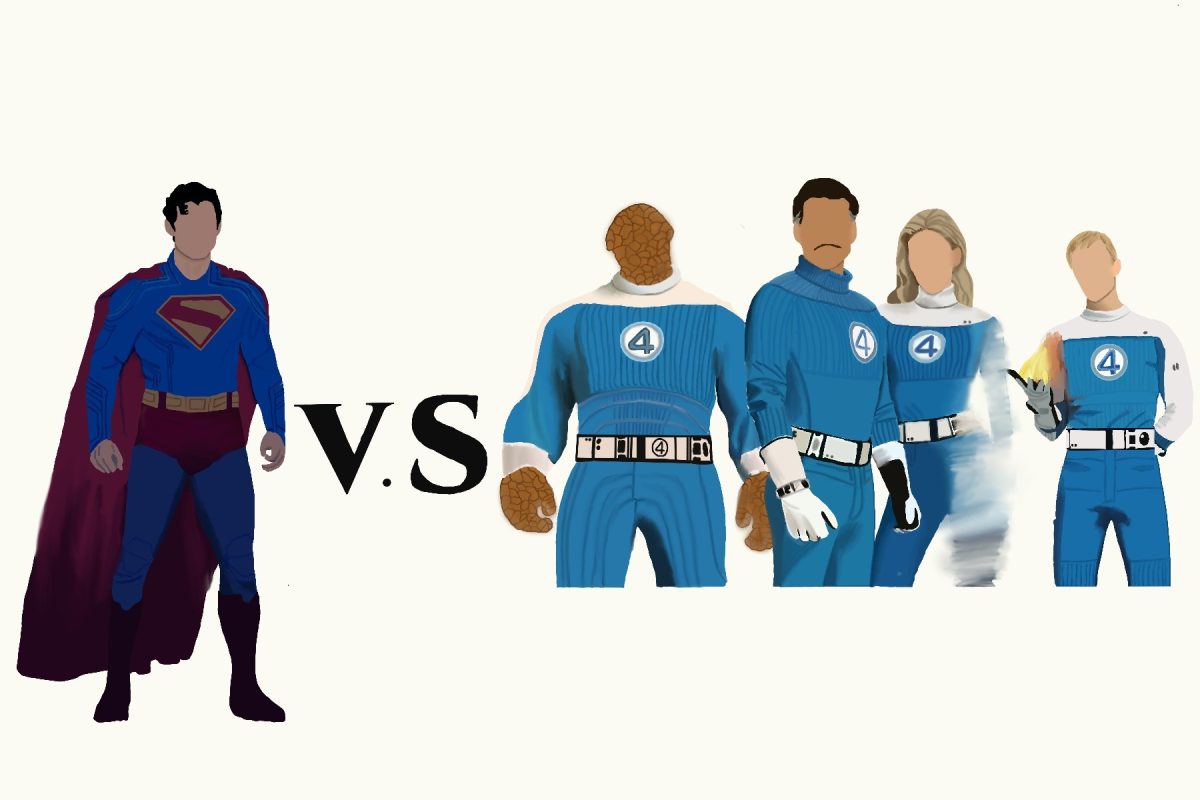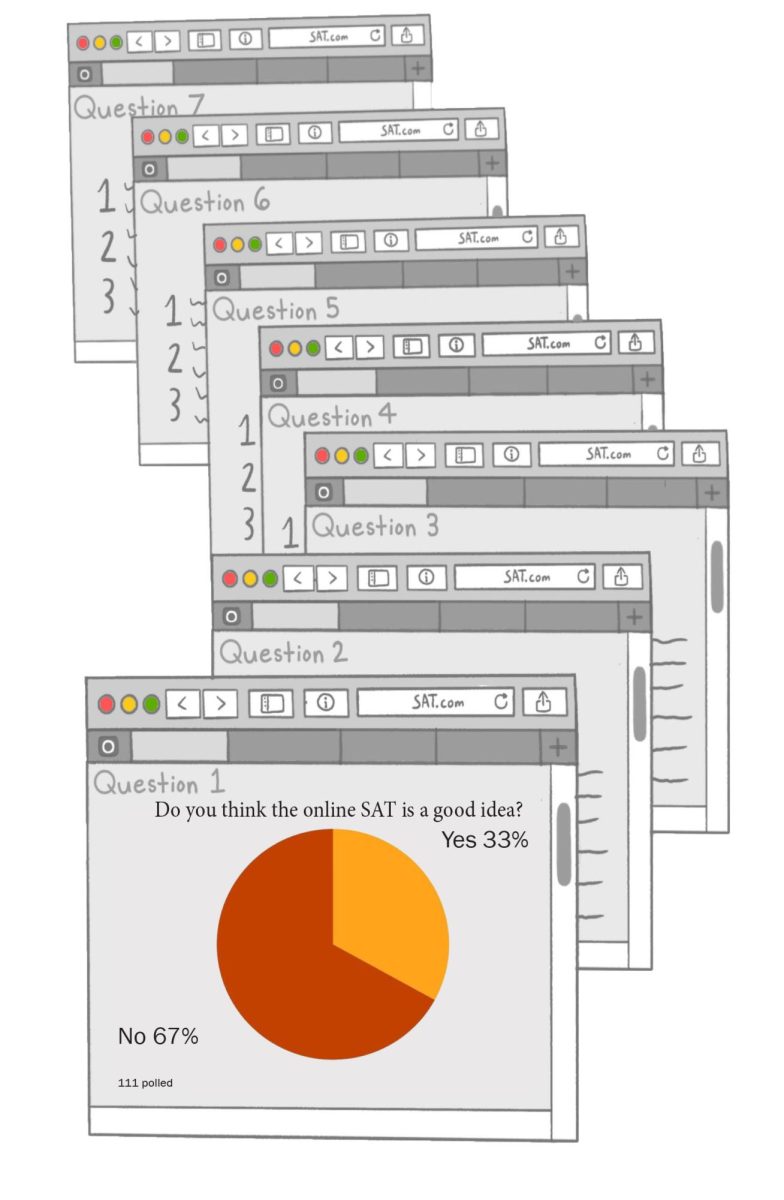It is out with the old and in with the new. Beginning on March 9, College Board’s SAT will be offered exclusively online without the option for a paper and pencil test. The switch comes after nearly a century of the SAT being fully on paper.
Shelley Hadden, a college counselor with College Planners USA, has encouraged students to take the test for years. While the switch came as a shock to her, she realizes the importance of having a digital test.
“At first I was really worried about how they were going to make a smooth transition… it’s just going to make the SAT a little bit more relevant in a sense that this is the way the world is,” Hadden said. “Anything that’s new [however] is going to have challenges…when they first did the PSAT digitally, the system could not log everybody in on time [but] I also think that doing it through the PSAT they’ve learned from that now.”
Unlike its predecessor, the ACT, the SAT only analyzes students’ skills in English and mathematics. The new format of this test will combine writing and reading into one section and mathematics into another.
“Each [subject] has two modules,” Hadden said. “Depending on how you do, module one is going to determine what questions you get in module two. So not everyone is going to be taking the same exact test… Colleges have said that students that still have a paper score are going to be able to superscore with the digital score.”
After students took the PSAT back in October, many noticed a cut in test length.
“It’s going to be much more streamlined as long as everybody has the information that needs to be downloaded on their chromebooks. You should be able to get in there in 10 minutes and be out in 2 rather than it taking 3 or 4 hours…now the reading section is going to be more like a paragraph and they’re only able to ask one question after that so they’re making everything a little more direct and concise,” Hadden said.
In addition to this, the SAT will be scored in a different manner than before. Each question will be scored depending on its difficulty. Higher level questions will be worth more points than questions that are easier to complete. Students across the board have taken the tests as a way of getting accepted into college and for its financial incentives. Junior Nicole Pace took the PSAT back in November, with the rollout of the digital platform.
“It was kind of annoying. Everything took forever to load and we couldn’t get on for a while because everyone was using the same internet,” Pace said. “The essays were a lot longer on the paper one but [now] they’re mainly just short passages…it was a lot quicker.”
Despite the benefits the SAT can have when applying for college, Pace does not agree with the power the SAT holds in determining the future of students’ lives.
“[The SAT] is not based on your knowledge that you learned throughout high school. It’s more like 50 questions on a test that determine where you go to college,” Pace said.
The administration of the test will also look different. Testing coordinator, Rebecca Pittman, watched as the PSAT unfolded.
“I think that we had a great preview with the PSAT and I think that gave me some insight. I was a little bit nervous about how it would all roll out,” Pittman said. “I think mostly though it was about our bandwidth here at Wando. That’s what I was kind of worried about. It wasn’t necessarily the platform or anything with College Board, but more our capability to test that many students digitally, but I’m excited about it…I think there’s some real advantages to the digital tests.”
Just like students, testing proctors werewalking into uncharted territory.
“If you ask the proctors the day before the PSAT, they were all nervous, especially some of our teachers who aren’t as comfortable with technology. They were worried because they want a seamless experience,” Pittman said. “Overall I think that the staff was immensely happy once they were able to see how easy it was and how very little they have to do on the computer.”
Despite many fearing what the new format would bring, the digital SAT will roll out completely online in March.
“We didn’t have any issues with the PSAT and we tested over 1600 students. So that was a really good indication that we could handle it if we took steps to be smart about how we implemented it in the beginning,” Pittman said.









































